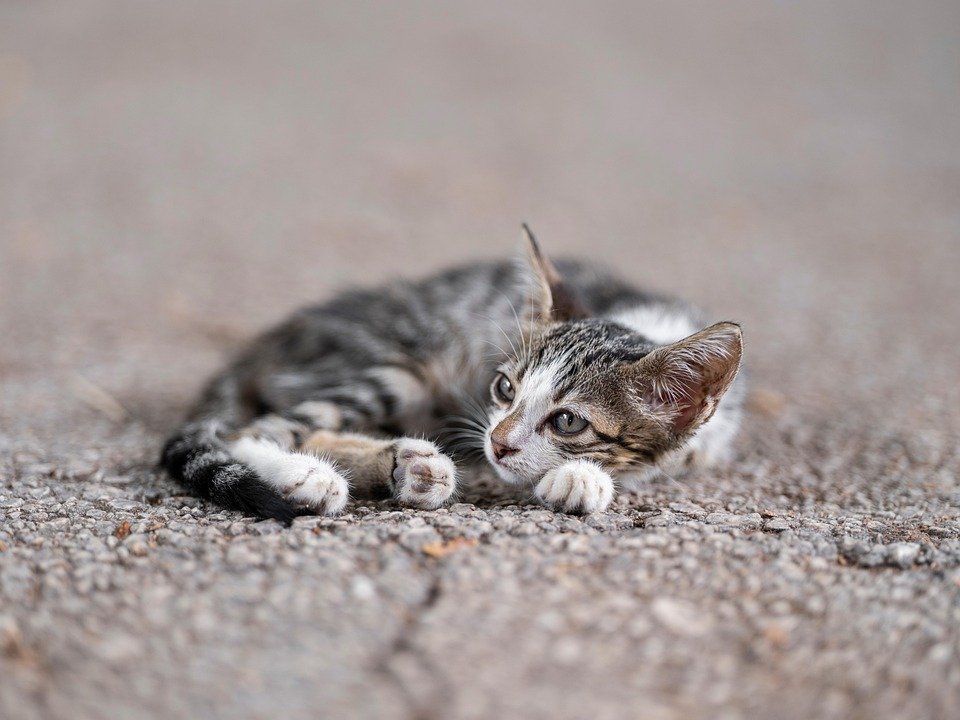
Indoor vs. Outdoor Cats: Safety and Wellbeing
When it comes to adopting or rescuing a cat, one of the most significant decisions you’ll face is whether to keep your feline friend indoors or allow them to roam outside. Each choice has distinct advantages and challenges affecting your cat’s safety and overall wellbeing. This article explores the key considerations in making an informed decision that balances your cat’s health, happiness, and safety.
Benefits of Keeping Cats Indoors
Protection from Hazards
Indoor cats are sheltered from numerous dangers that lurk outside. The risk of being hit by vehicles, attacked by predators, or encountering toxic substances is significantly reduced. Indoor environments provide a safer haven where cats are less likely to suffer from traumatic injuries or life-threatening situations.
Health and Longevity
Statistics show that indoor cats tend to live longer, healthier lives compared to their outdoor counterparts. This is largely due to reduced exposure to infectious diseases such as feline leukemia virus (FeLV) and feline immunodeficiency virus (FIV). Indoor cats are also less likely to contract parasites like fleas, ticks, and worms.
Controlled Environment
Indoors, you can control the environment to ensure it’s safe and enriching. This includes providing a balanced diet, regular veterinary care, and stimulating toys and activities to keep your cat mentally engaged. With the right setup, indoor cats can lead extremely fulfilling lives.
Challenges of Indoor Living
Lack of Stimulation
Without proper stimulation, indoor cats can become bored or stressed. This can lead to behavioral issues such as scratching furniture, excessive vocalization, or even obesity due to a lack of physical activity. It’s crucial to provide an enriching environment with plenty of interactive toys, climbing structures, and regular playtime.
Space Limitations
Indoor cats are confined to the space provided in your home, which may feel limiting if not properly equipped. Creating vertical spaces, such as cat trees or shelves, and ensuring varied environments within the home can help mitigate this issue.
Benefits of Allowing Cats Outdoors
Natural Behavior and Exploration
Outdoor environments provide cats with opportunities to engage in natural behaviors such as hunting, climbing, and exploring. This can be mentally and physically stimulating, allowing cats to express innate instincts that can be difficult to replicate indoors.
Exercise and Fitness
Cats that have access to the outdoors tend to get more exercise, which can help prevent obesity and related health issues. The freedom to roam and explore encourages physical activity that keeps them agile and fit.
Risks of Outdoor Living
Exposure to Danger
Outdoor cats face several hazards, including traffic, predators, and hostile humans. They are also at greater risk of getting lost or stolen. The dangers of urban environments can lead to injury or premature death.
Health Concerns
Outdoor cats are more susceptible to diseases transmitted by other animals, such as FeLV and FIV. They also face greater exposure to parasites and environmental toxins. Regular health check-ups and vaccinations are crucial for outdoor cats, but they cannot eliminate all risks.
Compromise Solutions
Supervised Outdoor Time
One way to provide the benefits of outdoor exploration while minimizing risks is through supervised outdoor time. This can include walks on a leash, or time spent in a secure, enclosed area such as a “catio” (cat patio). This allows your cat to enjoy fresh air and nature safely.
Creating an Enriched Indoor Environment
If keeping your cat indoors full-time, ensure their environment is stimulating. Incorporate interactive toys, puzzle feeders, and opportunities for climbing and scratching. Regular play sessions and training can also enhance their quality of life.
Conclusion: Balancing Safety and Wellbeing
Ultimately, the decision to keep your cat indoors or allow them outdoor access should be based on a careful consideration of their personality, your living environment, and the potential risks and benefits. Indoor cats can lead long, healthy, and happy lives with the right enrichment and care. Meanwhile, outdoor access can offer freedom and stimulation but comes with significant risks. Finding a balance that prioritizes your cat’s safety and wellbeing, such as supervised or limited outdoor time, can be the ideal solution.
By understanding the needs and behaviors of your feline friend, you can make an informed decision that provides them with a high quality of life, filled with safety, love, and enrichment.






